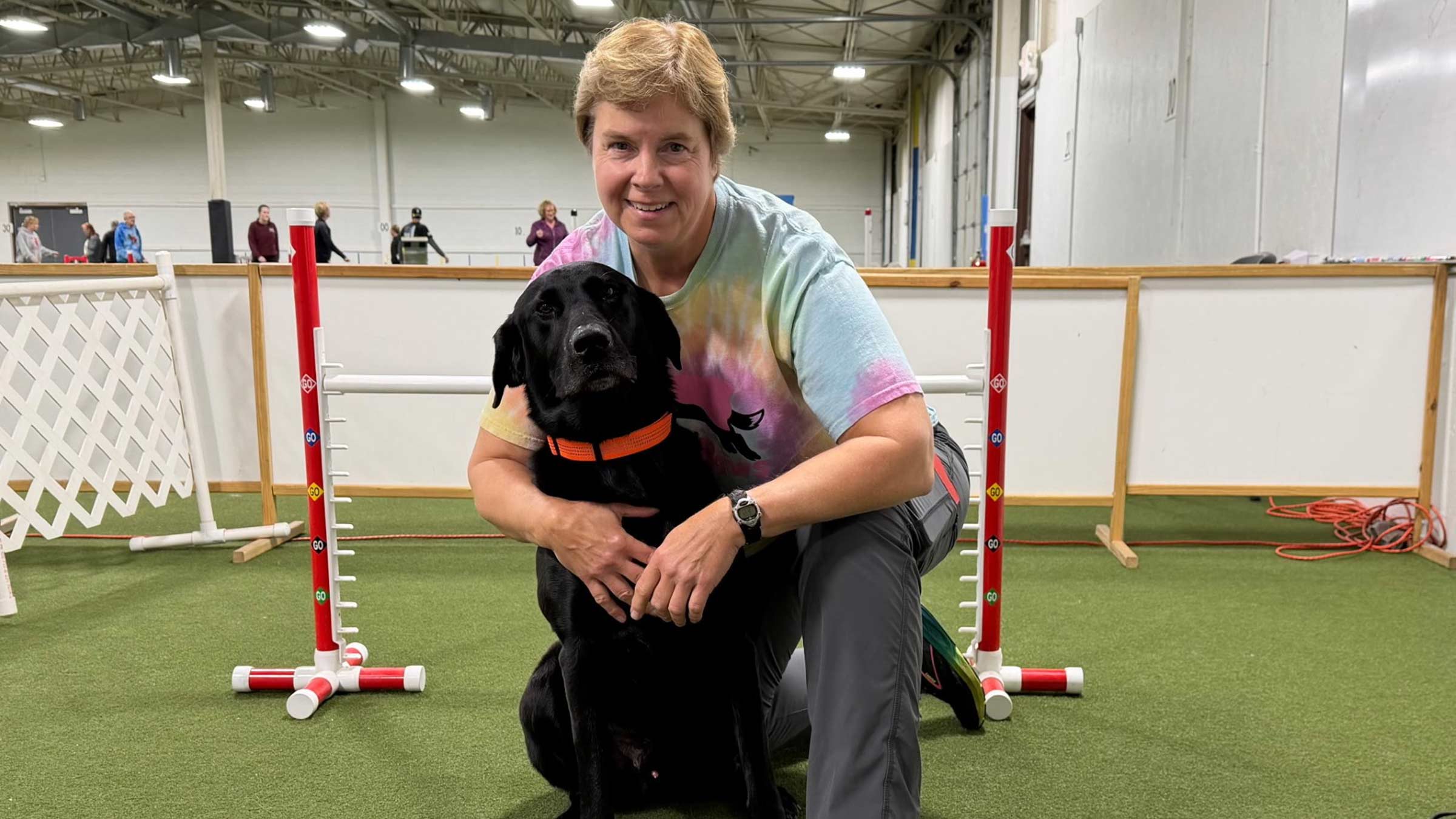What is WALANT surgery, and why is it preferable?
Learn about the advantages of the WALANT surgical technique over traditional hand and upper extremity surgeries.
WALANT (wide awake, local anesthesia, no tourniquet) surgery is a surgical technique used for some types of hand and upper extremity conditions or injuries. It has a number of advantages over traditional hand surgery, including convenience, quicker recovery and improved patient experience.
Unlike traditional surgery, WALANT doesn’t require general anesthesia, sedation or extensive presurgical preparation or tests. Patients can have their surgery in a clinic or office procedure room without the need for fasting or an IV line.
What are the benefits of WALANT surgery?
No general anesthesia
Because you stay awake and conscious throughout the procedure, you don’t have the same risks or side effects that are associated with general anesthesia or sedation, such as grogginess, nausea, vomiting and confusion.
Quicker recovery
With WALANT, you can home the same day as the surgery and can get back to normal activities sooner than with general anesthesia.
Lower cost
WALANT eliminates the need for an anesthesiologist and a recovery room stay, making it a more cost-effective option, especially when done in an office procedure room.
Improved patient experience
Patients often feel more comfortable and in control during WALANT procedures. The process is efficient — patients arrive for surgery much like they would for a regular office visit, with no fasting or bloodwork required beforehand.
Is WALANT surgery safe?
Yes, WALANT hand and wrist procedures are safe and effective. Our research also indicates that using the WALANT method results in patients using less narcotic pain medication afterward, compared to traditional surgery.
In what procedures can we use WALANT surgery?
When nonsurgical methods don’t work or bring needed relief to those suffering from carpal tunnel syndrome, trigger finger, Dupuytren’s contracture, tendon disorders or nerve damage, WALANT surgery may be an option.
Procedures for these conditions include:
- Carpal tunnel release, where the surgeon makes a small incision in the palm of the hand and cuts the transverse carpal ligament, a band of tissue that covers the carpal tunnel, to lessen pressure on the median nerve.
- Trigger finger release, which involves making a small incision in the affected finger to release the inflamed tendon sheath, which allows the tendon to move freely again.
- Dupuytren’s contracture surgery that treats the hand deformity caused by the thickening and tightening of the tissue under the skin of the palm and fingers, which can eventually cause your fingers to curl in toward your palm. This surgery entails removing the affected tissue to allow the fingers to straighten. The goal of surgery is to restore finger movement and improve function.
- Tendon repairs that fix torn or damaged tendons to restore movement.
- Nerve repair that improves the feeling and function in nerves that have been injured.
What can I expect before and after WALANT surgery?
Before the procedure, your surgeon will explain each step. Then local anesthesia will be administered. You may feel a slight burning sensation before the numbing takes effect, but you shouldn’t feel significant pain. Most surgeons will test the area before making an incision and continue to check with you throughout the surgery to ensure that you aren’t feeling any sharp pain in the area. It’s normal to feel some pressure and tugging during the surgery, but you shouldn’t experience significant pain.
Can I watch my own WALANT surgery?
Patients undergoing WALANT surgery have the option to observe their procedure. Some people appreciate being able to watch and interact with the surgeon and ask questions during the procedure, while others prefer to be distracted and not see what’s going on. They might listen to music or watch videos. For these patients, the surgical team can put up a sterile surgical drape so the patient can’t see the area the surgeon is working on.
Who is a good candidate for WALANT surgery?
Most patients are good candidates for WALANT surgery, as long as they don’t have a lot of anxiety and are able to sit through the procedure.
WALANT is particularly advantageous for patients with underlying medical conditions, comorbidities, or advanced age because it avoids the risks and complications linked to anesthesia, such as respiratory issues and changes in cognitive function (including disorientation, agitation and persistent sleepiness).

Pain or injury in your hand, wrist, elbow or arm?
Ohio State’s experts can help!
Schedule online or call today







